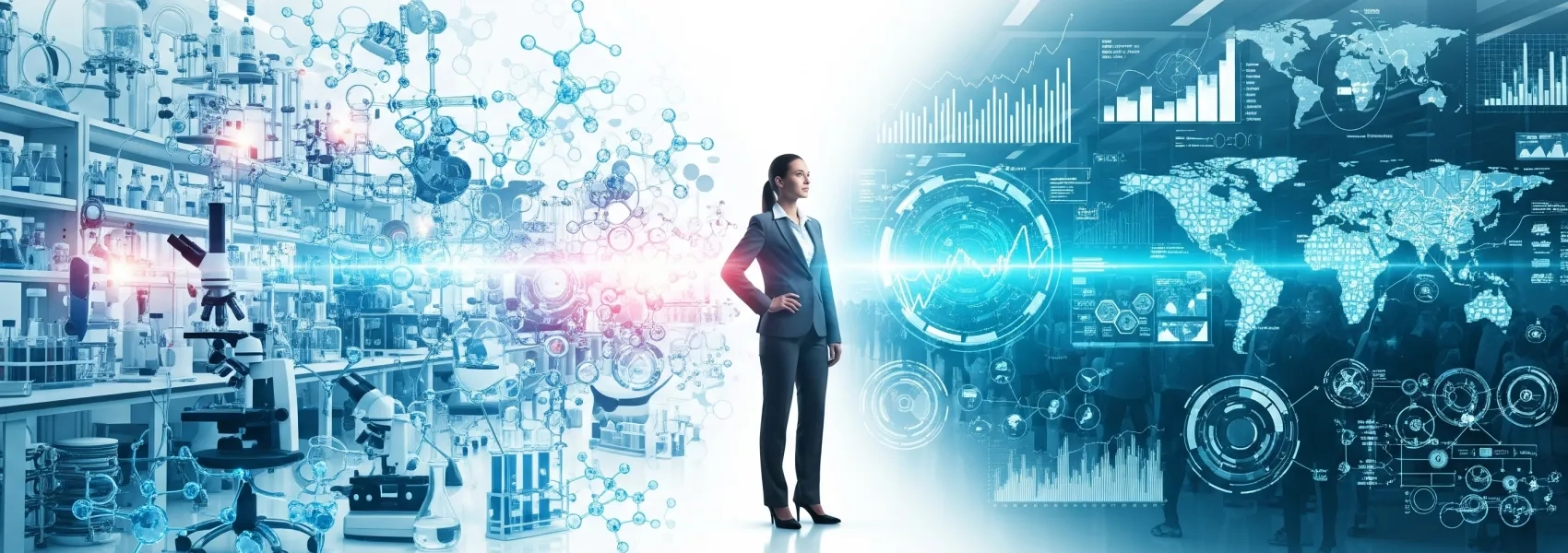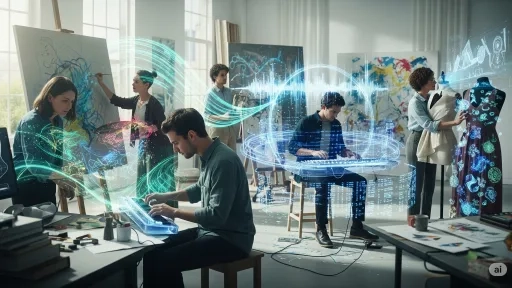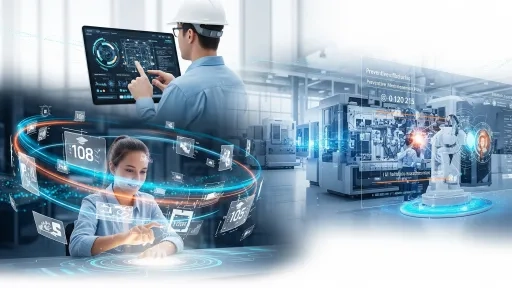
The new symbiosis: How artificial intelligence does not replace human talent, but enhances it
AI will amplify human talent, not replace it. Learn how to adapt to a new level of global business possibilities
The new symbiosis: How artificial intelligence does not replace human talent, but enhances it
The headlines are often dramatic and paint a bleak picture of the future: ‘AI will destroy millions of jobs,’ ‘Robots are taking over the world.’ However, this dystopia, fuelled by science fiction and a deep-seated fear of the unknown, overlooks a far more nuanced and likely reality. Artificial intelligence (AI) is not primarily intended to replace humans, but rather to serve as the most powerful amplifier of human capabilities we have ever developed. Just as the steam engine multiplied human muscle power and the computer multiplied human computing power, AI will take our cognitive and creative potential to a new level. The crucial question is not whether we will be replaced by AI, but how we learn to cooperate with it to unlock unprecedented levels of global business opportunity.
The amplifier principle: AI as a partner, not a competitor
To understand the role of AI, we must abandon the idea of an all-knowing, autonomous entity and instead view it as an extremely specialised tool. Its strength lies in processing huge amounts of data, recognising patterns and automating routine tasks – and doing so with a speed and precision that is unattainable for the human mind. This is precisely where the key to amplifying human talent lies.
1. Creativity and innovation: A common misconception is that creativity is a purely human domain that AI cannot touch. However, reality shows that AI is an incredibly powerful creative partner. An architect can use AI tools to generate hundreds of design variations for a building in minutes. These concepts serve as a starting point, which the architect refines with their expertise, aesthetic sensibility and understanding of building regulations. AI handles the tedious brainstorming phase, while humans take on the curating, contextualizing and decision-making roles. Musicians use AI to develop chord progressions or rhythm patterns, which they then integrate into their compositions. AI provides the building blocks, while humans create the soul of the work.


2. Analysis and strategic decision-making: In the business world, the ability to make informed decisions based on data is crucial. A human analyst can spend weeks sifting through market data, customer feedback and financial reports. AI can do this in seconds and uncover hidden correlations that would escape the human eye. A financial expert can use AI algorithms to identify risks in a portfolio comprising thousands of investments. However, the final strategic decision – which takes into account the geopolitical climate, corporate culture and long-term vision – remains firmly in human hands. AI provides the ‘what’ analysis, while humans add the crucial “why” and ‘what next’.

3. Efficiency and focus: All knowledge work involves a significant amount of repetitive, administrative tasks. Responding to standard emails, transcribing meetings, sorting data – all of these tasks consume valuable time and mental energy. AI-powered automation frees professionals from these shackles. Lawyers can use AI to review thousands of documents in a due diligence review, allowing them to focus on strategic case development. Marketing teams can automate campaign delivery to free up more time for developing creative messages and brand strategies. This newfound freedom allows people to focus on what they do best: critical thinking, empathy and complex problem solving.
The adjustment: from user to conductor
The assumption that AI enhances our abilities implies an active role for humans. Passivity leads to irrelevance.
Adapting to this new era requires a conscious shift in skills and a new way of thinking about work and learning.
1. The art of asking the right question (prompt engineering): Working with AI is like conducting an orchestra. The quality of the results depends largely on the clarity and precision of the instructions. The ability to ask the right questions, formulate a problem precisely and provide the AI with the right context is becoming a core competence. ‘Prompt engineering’ is more than just a buzzword; it is the interface between human intent and machine execution.


2. Core human skills will become more important: Paradoxically, the rise of artificial intelligence makes deeply human skills more valuable than ever. Emotional intelligence, empathy, negotiation skills, leadership and teamwork are areas where machines will not play a role in the foreseeable future. An AI system can generate a sales report, but it cannot calm a frustrated customer or inspire a demotivated team. In a world full of automated processes, the human touch becomes the key differentiator.
3. Lifelong learning as the norm: Technological development is accelerating exponentially. The tools and platforms that are relevant today may be obsolete in five years. The willingness and ability to continuously learn, test new tools and adapt to changing workflows is no longer an option, but a prerequisite for professional success. Organisations must foster a culture of experimentation and curiosity, where employees are encouraged to explore the limits of human-machine collaboration.

A new universe of global business opportunities
The symbiosis of human talent and artificial intelligence is breaking down existing boundaries and creating a whole new global playing field for companies.
1. Democratisation of expertise: In the past, powerful analytical tools, global market research and complex software were the preserve of large corporations with huge budgets. Today, a small start-up in Vienna can use AI tools to conduct detailed market analysis for Brazil, create marketing texts in Portuguese and even generate initial drafts for local contracts. AI lowers the barriers to entry and enables small, agile players to compete on the global stage.


2. Hyper-personalisation on a large scale: Companies can now personalise products, services and customer experiences to an extent that was previously unthinkable. From individualised learning paths in education to preventive maintenance plans for industrial machinery, AI makes it possible to respond to the specific needs of each individual customer or system, creating deeper loyalty and higher value.
3. Overcoming language and cultural barriers: Real-time translation tools powered by AI enable seamless communication and collaboration between teams around the world. A development team in Germany can interact smoothly with a manufacturing team in Vietnam, accelerating innovation cycles and making global supply chains more efficient.

Conclusion: Shape the future, don't just endure it
The narrative of AI as a job killer is a passive story that makes us victims of technological progress. The far more productive and realistic perspective is that of AI as an enabler. It challenges us to become better, to reflect on our unique human strengths and to find new ways of working together.
The future does not belong to machines alone, nor does it belong to humans who try to compete with them. It belongs to the ‘centaurs’ – those individuals and organisations that combine the analytical power of AI with human intuition, creativity and wisdom. The question is not whether AI will change the world of work, but how we actively shape this change. By learning to adapt, cooperate and seize new global opportunities, we will not only secure our relevance, but also unleash a potential that goes far beyond what humans or machines could ever achieve alone.